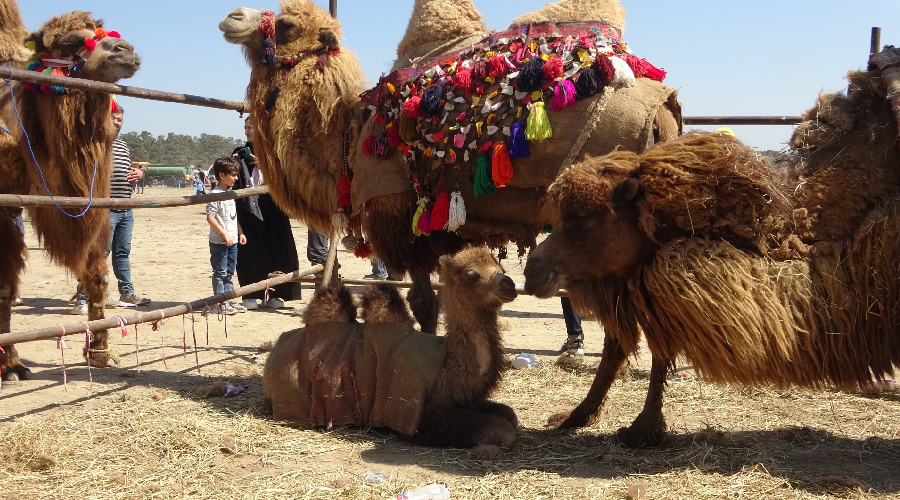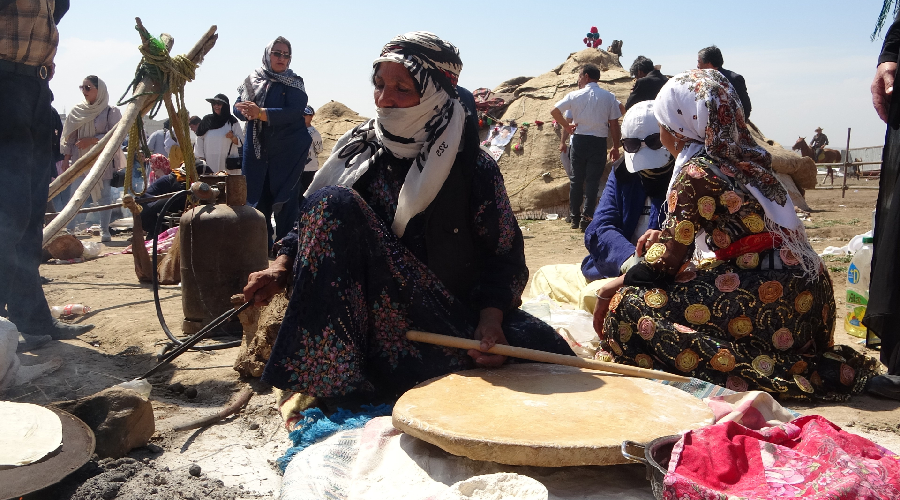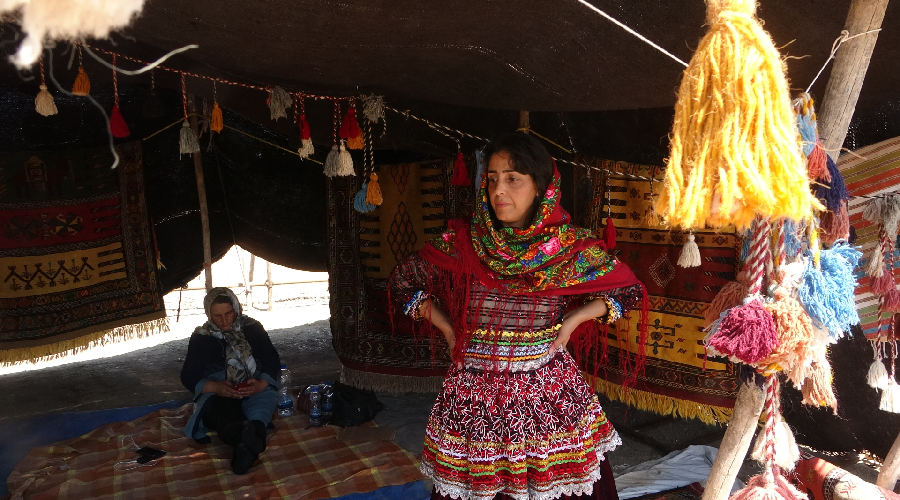Nomad festival in 2023 tourism capital Ardebil
The "International Nomad Festival" was held in Ardebil province, which was selected as the tourism capital of 2023 by Iran's Economic Cooperation Organization (ECO). Local dishes and traditional handicrafts belonging to nomads were exhibited, Turkmen horses and camels native to the Mogan region attracted great attention.
The "International Nomad Festival" was held in Iran's Ardebil province, which was selected as the tourism capital of 2023 by the Economic Cooperation Organization (ECO), of which Türkiye is a participant.
While the Turkish nomads in the Mugan Plain hosted the festival, the Kaskay Turks, a separate immigrant Turkish community, and Arab and Kurdish nomadic tribes living in Kurdistan, Khuzistan, Loristan, Kohgiluyeh and Boyar Ahmed regions also participated.

The Turks, who form the largest nomadic community in Iran, introduced their tradition of migrating to the highlands, which they acquired through their nomadic life in Central Asia, at the festival.
Within the scope of the festival, local dishes and traditional handicrafts belonging to nomads were exhibited. While the nomads were promoting their skills, Turkmen horses and camels native to the Mogan region of Ardebil province also attracted great attention.
SYMBOLS ON THE RUG REPRESENT MIGRATION AND MOVEMENT
Kurdish immigrant Mehrnus Khamoshi, who attended the festival from Iran's Kurdistan province and exhibited her hand-woven carpets and kilims, said that they passed on their nomadic life from generation to generation. Introducing his own hand-woven rug, Khamoshi said, “The symbols on this rug represent migration and movement. We embroider similar embroideries on every rug woven to make it permanent.”
Fatma Gahramani, a Mugan Turk of the province of Ardebil, who lives in a gray tent made of sheep's wool, stated that they have been nomadic for a long time and have been carrying their homes on their backs, and said, "We call these tents made of sheep's wool alecik. We are always on the move outside and we go to the highlands and stay in these tents.”

'IT'S NOT EASY TO LIVE A NOMAD'
Zehra Gahramani, who lives as a nomadic person and sees the gray tent as her home, said that they live as nomads in the Mogan region of Ardebil province and that they earn their living from animal husbandry.
Gahramani said, “The Myshkin top of Ardebil is our highland area. We set up our swamps and tents in that area. We milk sheep, we make cheese and butter," she said.
Stating that living as a nomadic is not easy, young people are unemployed and they cannot get the necessary state support for nomads, Gahramani said, “As the old saying goes, goose meat does not know its taste. Let the young people of today live in tents for a month and see what we have been through. We are always in tents in summer and winter. Our youth are unemployed and unable to work. We don't get the support we want," she said.

'TODAY NO ONE CAN ACCEPT THE NOMAD LIVING'
Hamid Banderi, who participated in the festival from Khuzestan province in the south of Iran and is a Bakhtiari immigrant, said that he was happy to meet other nomadic tribes and communities at the festival and that they came to promote their local handicrafts and products.
Stating that it is not easy to get used to the nomadic life and there are difficulties, Banderi said, “Today, no one can accustom themselves to the nomadic life. But our ancestors lived this way. It has real difficulties. We are always on the move. It is not enough to live with the income we earn by selling our own products," he said.
(Ihlas News Agency)






